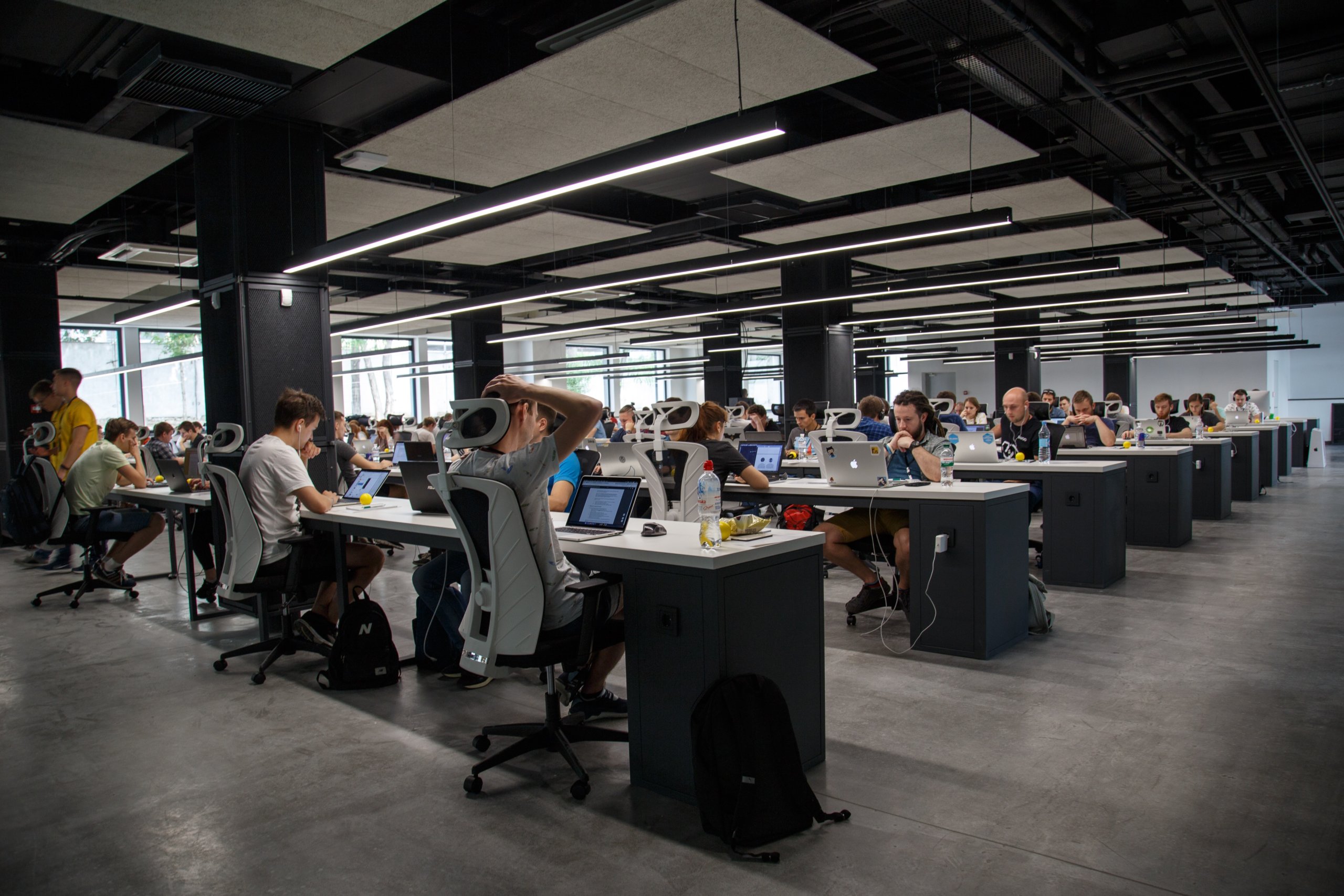A Tech Company’s Seating Chart Gives Its Priorities Away
February 26, 2018 - 5 minutes read
You can tell a lot about a company from its seating chart. At Overstock.com, CEO Patrick Byrne walks past a small research team whenever he steps out of his office. Google’s CEO Sundar Pichai’s office is right next to the Google Brain and artificial intelligence (AI) development team.
John Kotter is a Professor Emeritus at Harvard Business School; he thinks these seating arrangements are due to the fact that a lot of tech companies realize “the speed of technological innovation should be the heart of everything.”
Tech companies in Silicon Valley and around the world are re-arranging their seating charts to put visionary departments next to the CEO. The executives sitting near their more innovative employees sends a clear message: it’s a deliberate decision intended to show that the companies are going all-in on certain technologies.
Keep Your Friends Close and Your Employees Closer
It’s no accident that executives want to be surrounded by the departments driving industry disruption. Byrne sees his office location as an opportunity to spontaneously chat with team members working on a new or groundbreaking project. The back-and-forth relationship cultivates a business intimacy that was formerly hindered by distance and only improved by a few chance interactions in the company kitchen.
Judd Bagley, a former employee of Overstock, says, “It was undeniable that proximity sparked conversation. [Byrne] prides himself on being able to walk up to anyone at the company, say ‘hello,’ and occasionally even eat french fries off the plate on their desk.”
The fleeting time length to focus on a particular technology often dictates the duration of the seating arrangement. At Facebook, when virtual reality (VR) was the major innovation push, Mark Zuckerberg sat next to the VR team. Similarly, those years when Facebook prioritized revenue from ad sales, employees from the ad team sat near Zuckerberg. These days, even though AI is the top mission, Facebook’s AI team has moved from being near Zuckerberg to another area because it has become too large.
Side Effects of Priority Seating
But the “favoritism” move by CEOs can end up making some employees second-guess themselves, harbor resentment, and feel imaginary pressure. “Status at Facebook was defined by how close your desk was to Mr. Zuckerberg,” says ex-Facebook employee Antonio García-Martínez.
As ex-Twitter executive Kevin Quennesson explains, the proximity of the boss in the house can make nearby employees feel more important, especially for those who aren’t creating immediate revenue. However, he warns, those same employees can also feel pressure to produce results even when they’re working off a hunch. And, Bagley cautions, with more conversations with the CEO, employees start second-guessing themselves. He says it’s difficult to differentiate between “the formal direction and informal brainstorming.”
Musical Chairs
For some CEOs, though, like Byrne, seating arrangement refreshing is like a well-known military management tactic: the leader works closely with the best-performing group.
For many, it can feel like a regression to early-year startup culture; the added resources of a large tech company inevitably erode the startup lifestyle and culture. But this is normal with the ever-changing nature of tech companies experimenting to find the right environment for optimal output.
“Any CEO thinks a lot about where people are sitting — who they can walk around and have casual conversations with,” says Diane Greene, the former CEO of software company VMware. Greene always tried to sit next to the top engineers during her time at the company because “they saw the company’s future.”
Whether you’re a tech developer in NYC, Silicon Valley, or Beijing, constant innovation and forward-thinking are critical for a tech company’s survival. And if that means playing Musical Chairs every once in a while, so be it! Let us know in the comments if this article has made you consider doing a little feng shui in your own office.
Tags: AI, artificial intelligence, CEOs, company culture, company seating, Google, mobile tech, mobile technology, mobiletechnology, New York City mobile app developers, news, seating chart, tech, tech news, technology advancement








